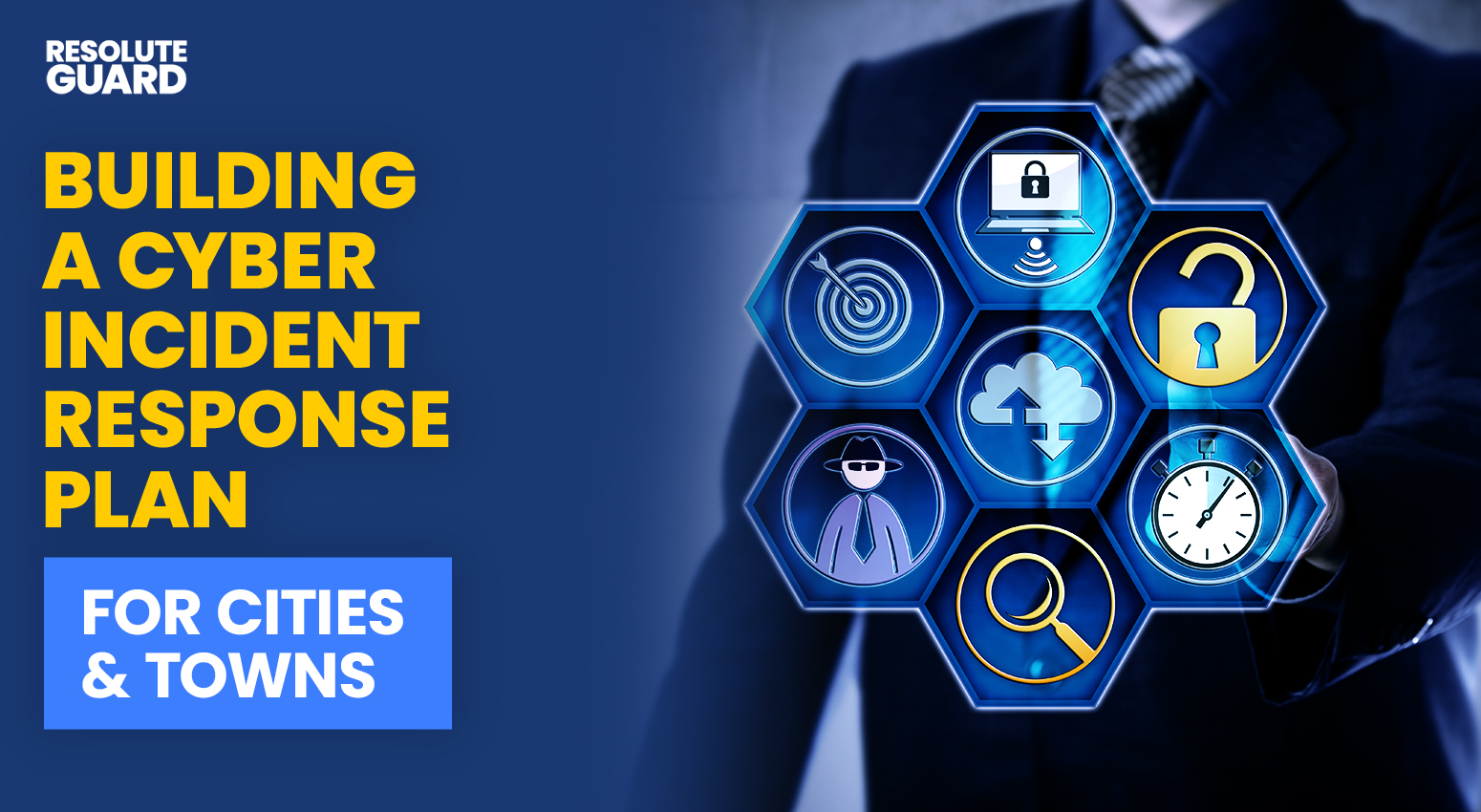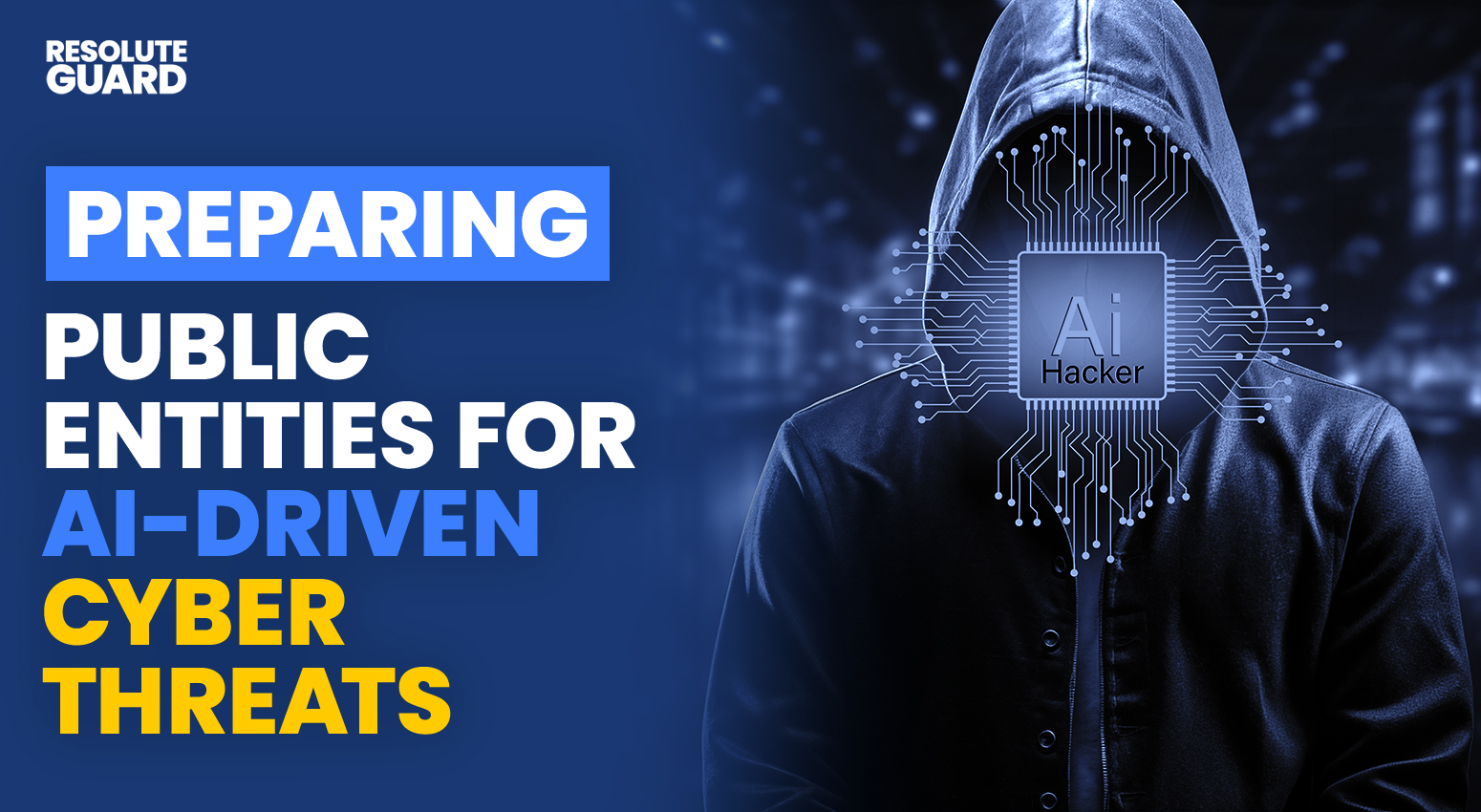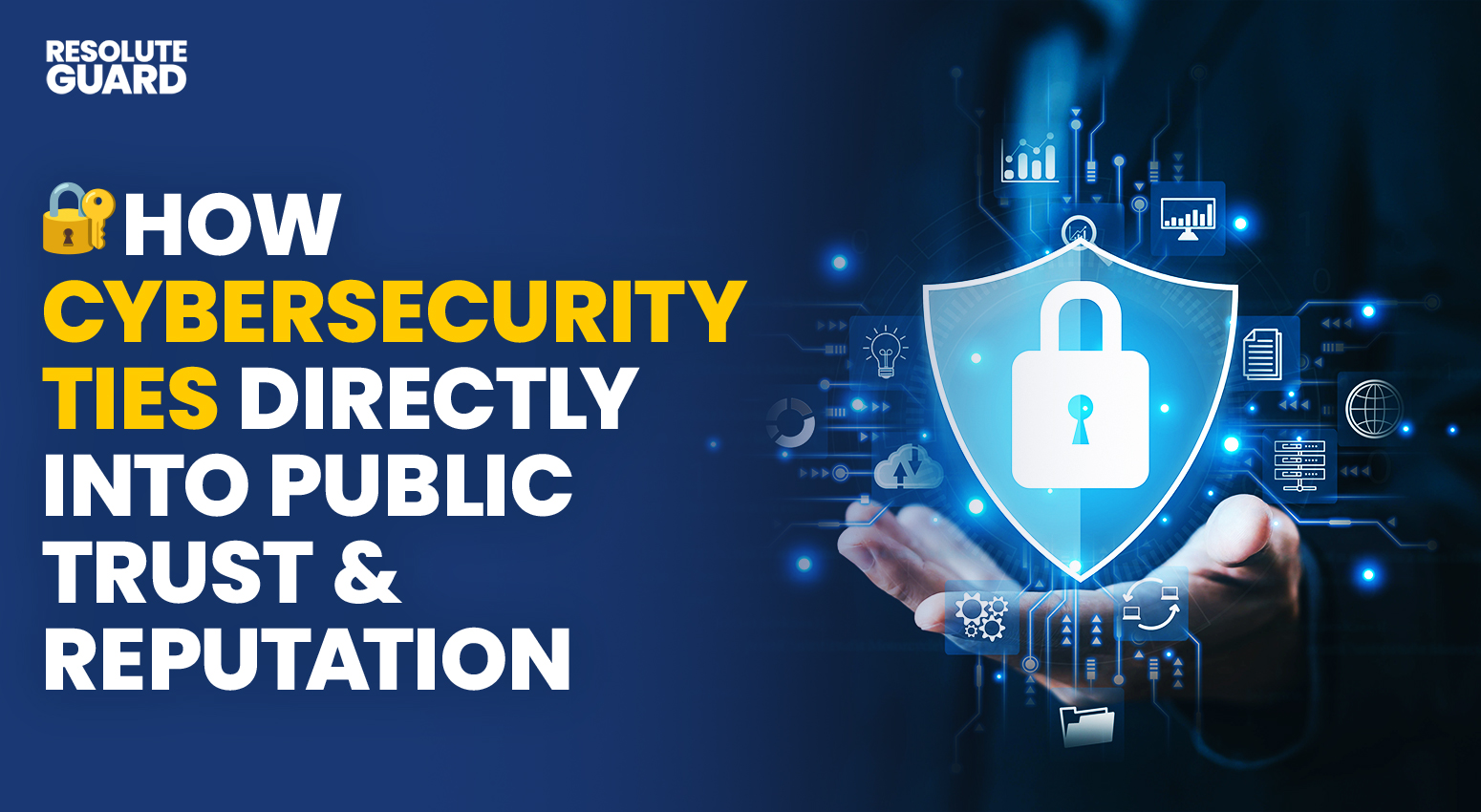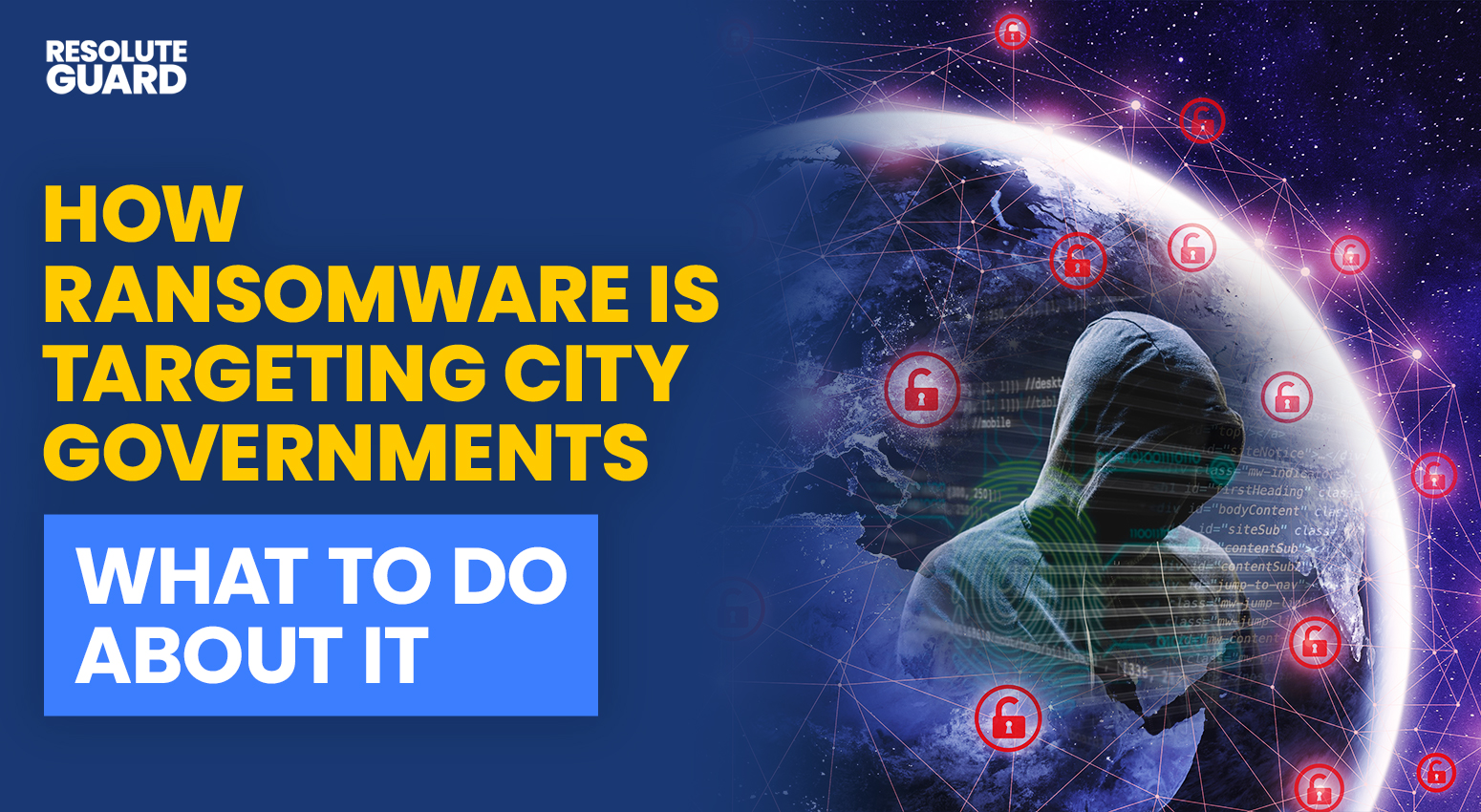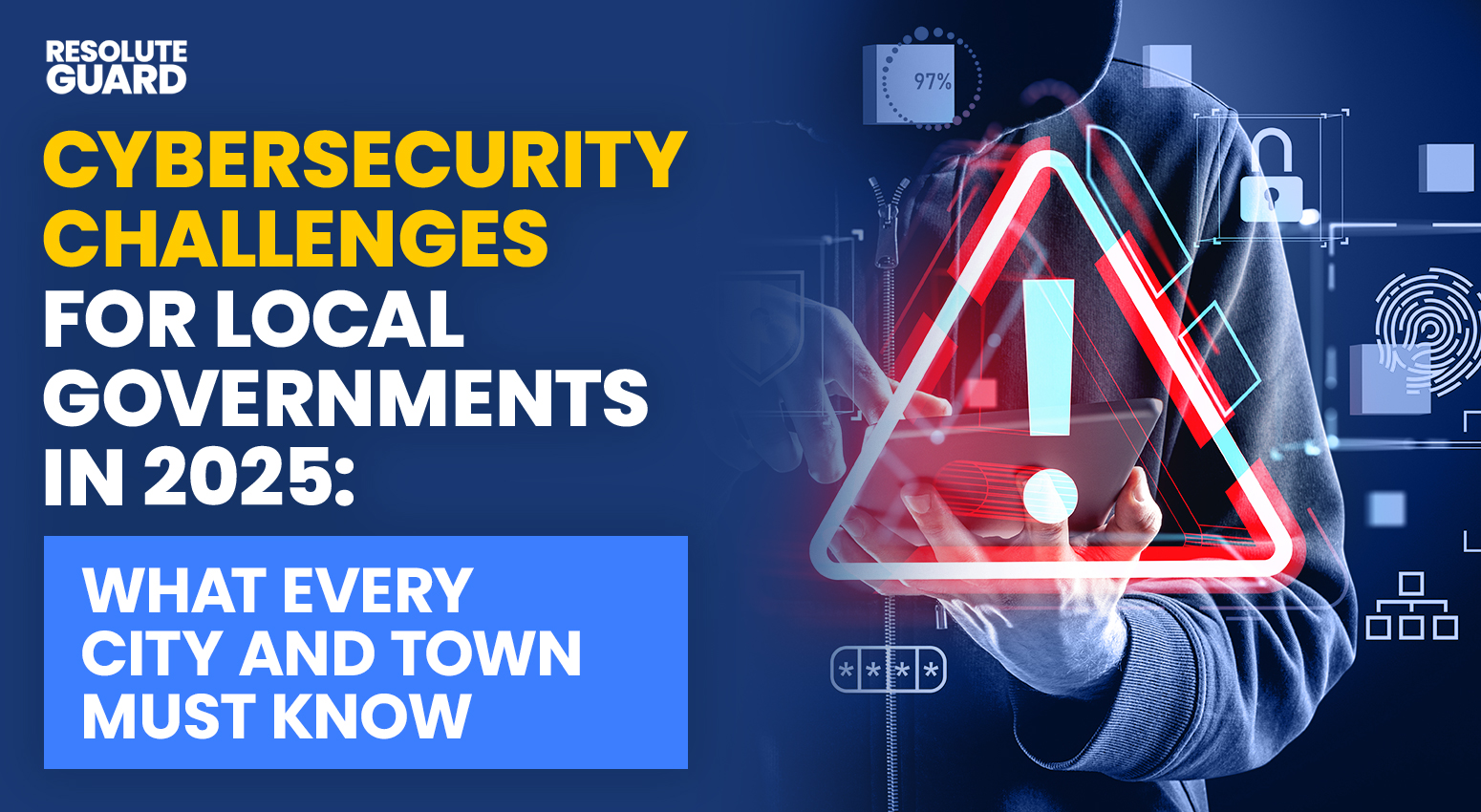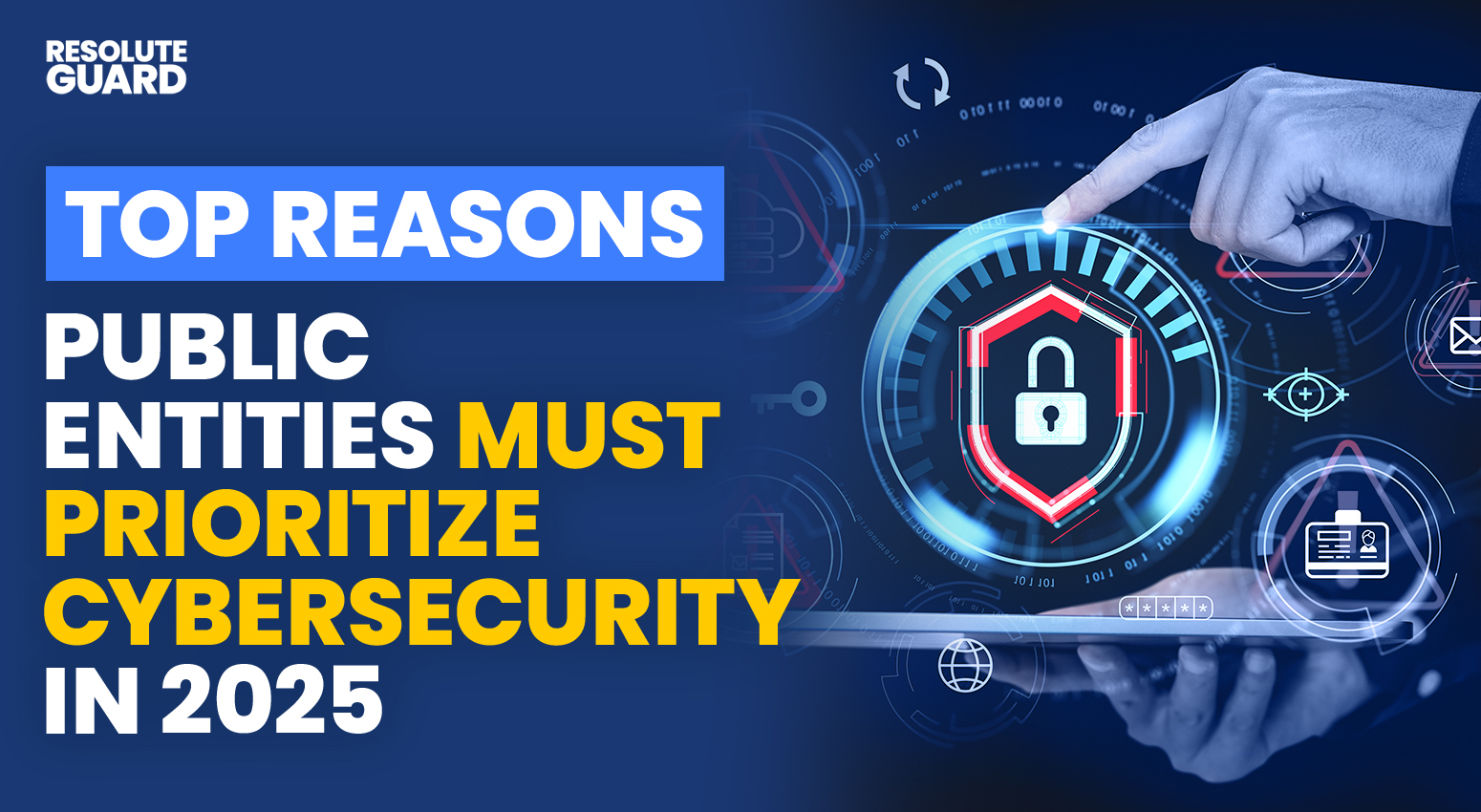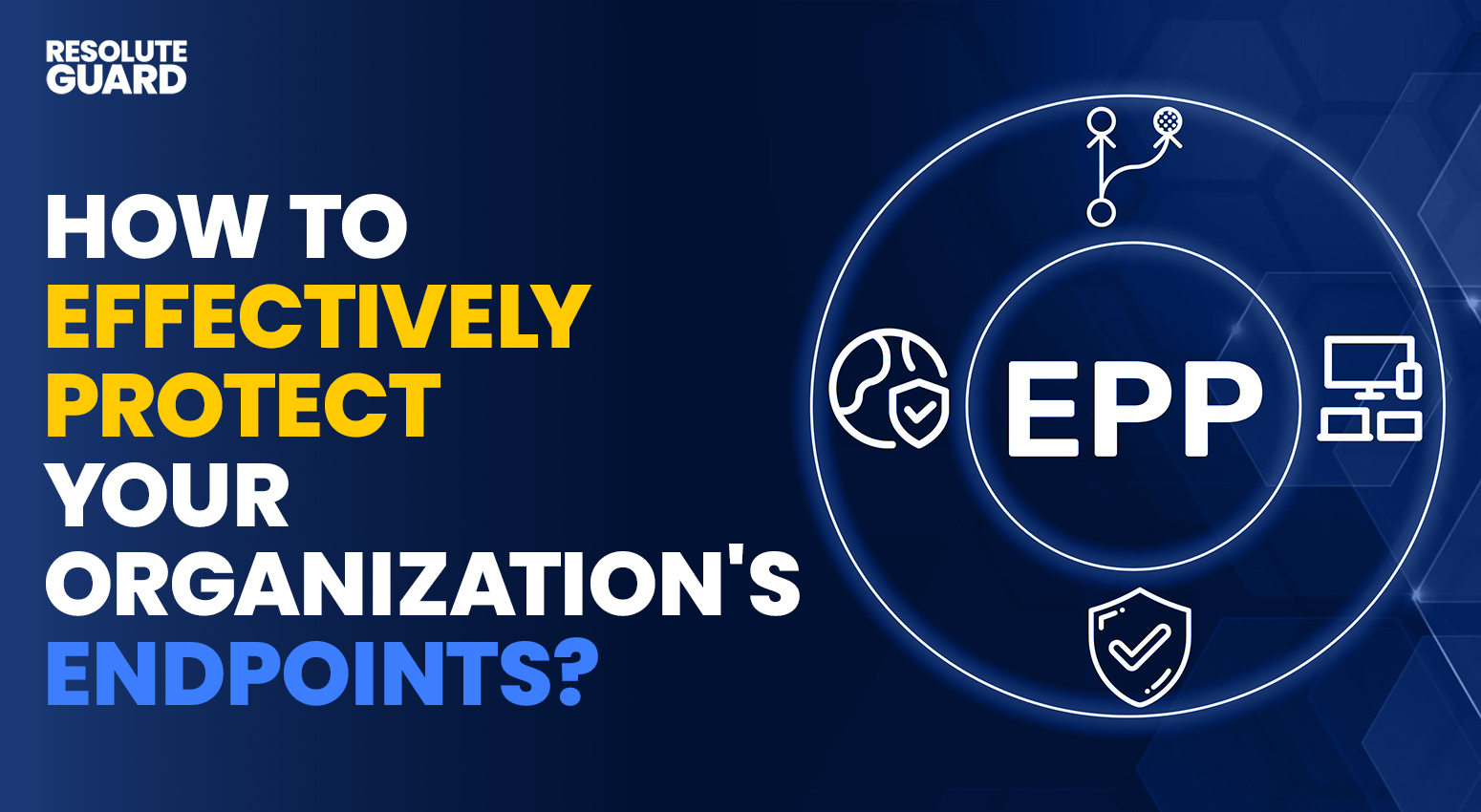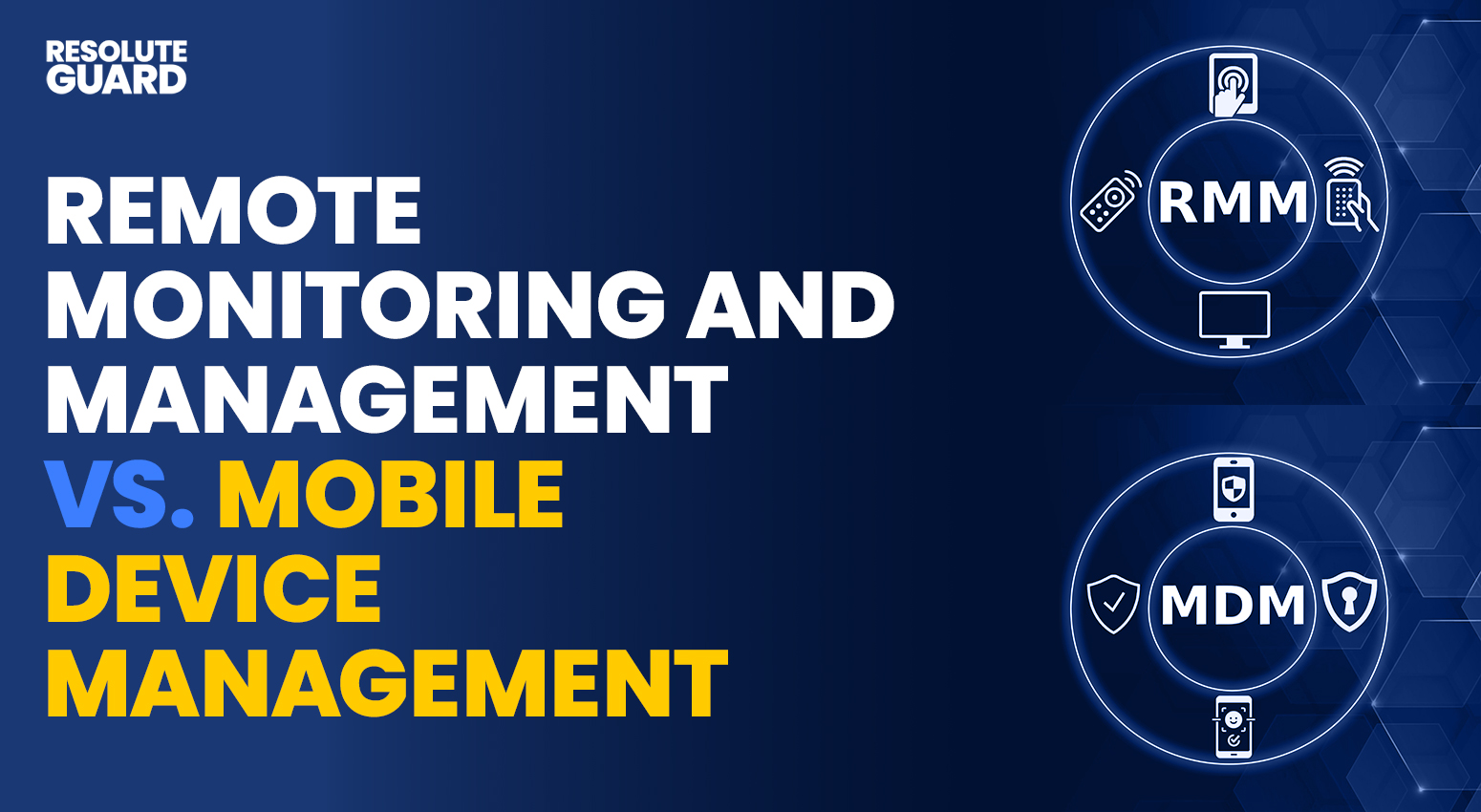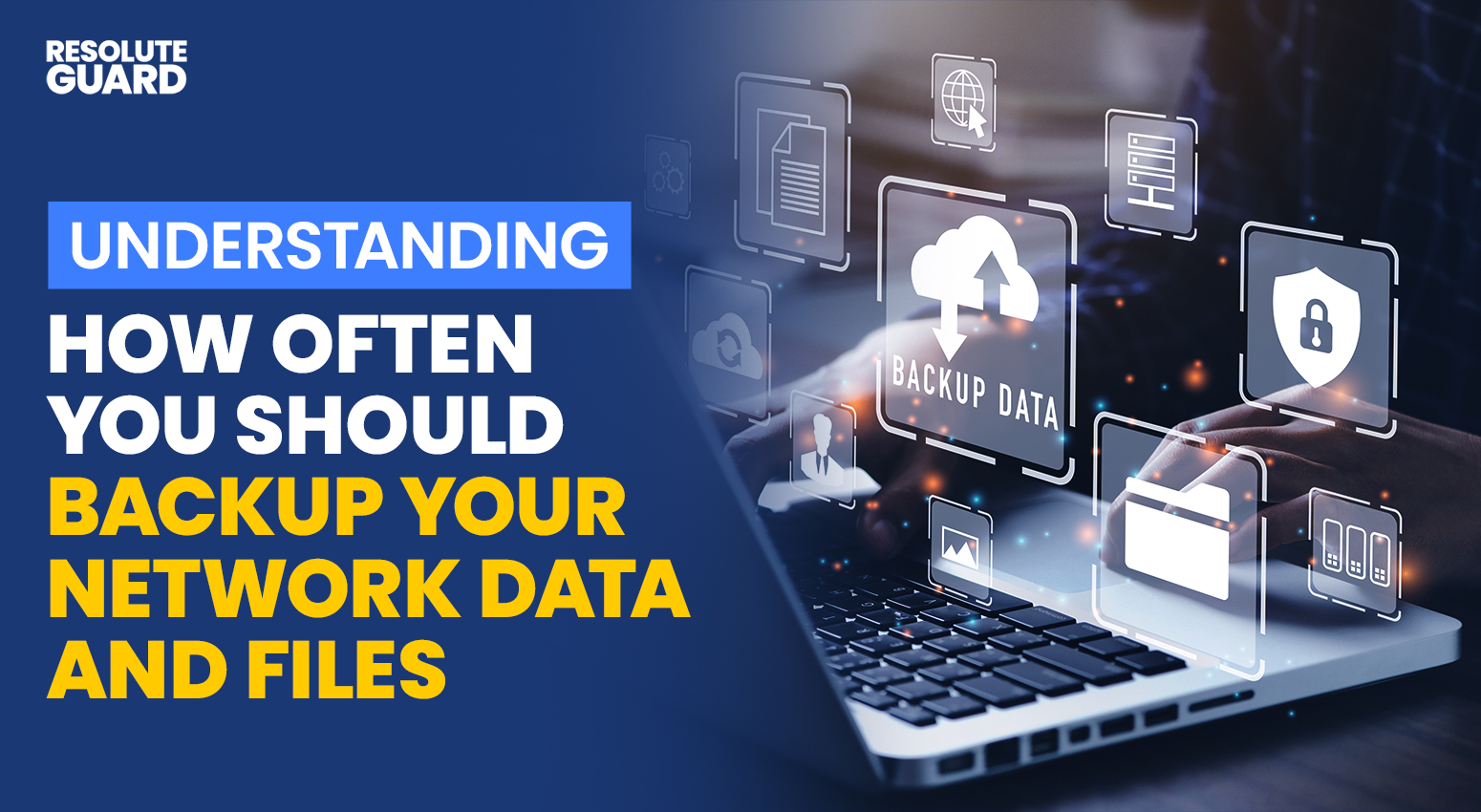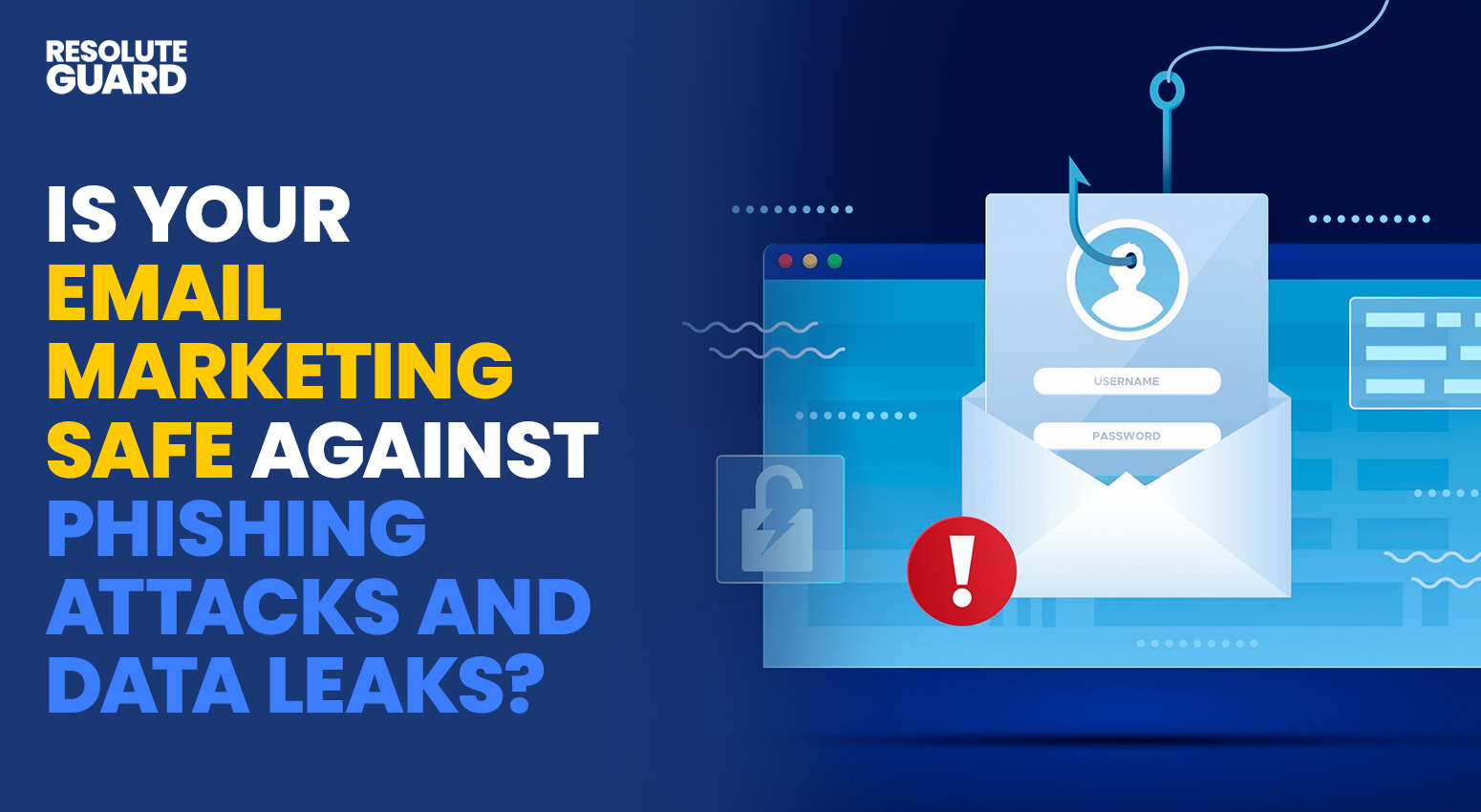🔍 Introduction: The Urgent Need for Preparedness In today’s interconnected world, local governments are increasingly becoming targets of sophisticated cyberattacks. Building a cyber incident response plan for cities and towns is no longer optional—it’s an operational necessity. Municipalities house critical infrastructures like water systems, public safety networks, and citizen data—making them attractive targets for malicious […]
🔐 Introduction: The Rising Threat of AI-Driven Cyberattacks As artificial intelligence (AI) continues to evolve, so do the tactics of cybercriminals who leverage this technology to carry out more sophisticated and automated attacks. For public entities, including government agencies, municipalities, and local administrations, the stakes are particularly high. With sensitive data, critical infrastructure, and citizen […]
📌 Introduction In today’s hyper-connected digital ecosystem, cybersecurity is no longer just an IT department’s concern—it’s a strategic pillar that shapes how the public perceives your organization. Whether you are a government agency, healthcare provider, financial institution, or private enterprise, your ability to safeguard sensitive data directly influences your reputation and the trust stakeholders place […]
🏙️ Introduction: The Rising Threat of Ransomware on City Governments In an era where digital infrastructure supports the very fabric of public services, ransomware attacks have emerged as one of the most significant cybersecurity threats to city governments across the globe. These malicious attacks not only cripple operational efficiency but also put citizen trust and […]
In today’s digitally connected world, cybersecurity challenges for local governments in 2025 are more pressing than ever. Municipalities, towns, and cities across the globe are increasingly vulnerable to sophisticated cyber threats that can paralyze essential services, compromise sensitive data, and undermine public trust. This comprehensive guide explores the specific cyber risks facing local governments in […]
In the digital-first world of 2025, cybersecurity is not just a technical concern for public entities—it’s a fundamental pillar of public trust, operational continuity, and community safety. As government agencies, municipalities, and public service organizations embrace digital transformation, their attack surface grows, making them increasingly attractive targets for cybercriminals, hacktivists, and even nation-state actors. If […]
Protecting your organization’s endpoints—such as desktops, laptops, mobile devices, and IoT devices—is crucial to safeguarding sensitive data, maintaining productivity, and defending against cyber threats. Here’s a comprehensive guide to effectively securing your organization’s endpoints: Implement Endpoint Protection Solutions Next-Generation Antivirus (NGAV) Why: Traditional antivirus solutions may not detect modern, sophisticated threats. NGAV uses machine […]
Remote Monitoring and Management (RMM) and Mobile Device Management (MDM) are two distinct, yet complementary, solutions used in IT and business environments to manage devices, ensure security, and maintain system health. Here’s a closer look at their differences, use cases, and when you might need one over the other—or even both. Definition and Core […]
Regularly backing up network data and files is essential to protecting your business or personal information against data loss, cyberattacks, hardware failures, or accidental deletion. But determining how often you should back up your data depends on several factors, including the importance of the information, the rate at which it changes, and the level of […]
Ensuring that your email marketing efforts are safe against phishing attacks and data leaks is critical in today’s digital environment. With increasing sophistication in cyberattacks, securing your email marketing systems should be a top priority. Here are steps and considerations to help protect your email marketing campaigns from phishing attacks and data leaks: Use […]

